Vodafone launches innovative smart device management service
...But it’s unclear whether channel partners will be included
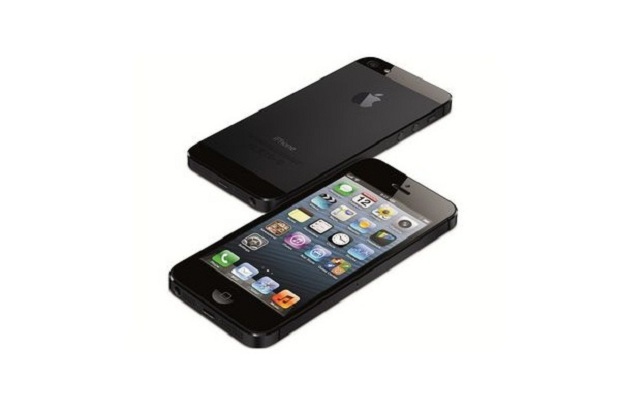
Vodafone (LON:VOD) is set to launch a mobile device management service aimed at helping IT departments enrol, provision and secure IT services delivered to smart phone.
The Vodafone Global Enterprise Device Manager is initially aimed at Apple iPhones and can be deployed on customer premises or hosted in the cloud by Vodafone. The solution uses technology from MobileIron and is likely to replicate a similar service from US carrier AT&T which goes live this month.
Direct only?
The service is currently available from its Global Enterprise direct touch sales force to 562 large enterprise customers. At this point, pricing is not disclosed and there are no plans to offer the service through the channel although this may change in the future, says Vodafone.
Vodafone recently overhauled its 400-strong partner network with a new tiered accreditation scheme and has been vocal in its support for the channel. Peter Kelly, enterprise director at Vodafone UK has been quoted as saying, “Previously, innovation had been led through our direct team, and we now want to treat our partners as absolute equals or even have them leading in some cases.”
Potential
The potential for revenue from smart device management is growing. In a recent IDC market share report, the analyst firm predicts the worldwide market will grow by a CAGR of 7.6 percent over the next five years to reach $382.7m in revenue by 2014.
Stay up to date with the latest Channel industry news and analysis with our twice-weekly newsletter
The new service has a few headline features including the ability to secure lost, stolen, or retired iPhones through full and selective wipe. The solution can also help firms set policy on which applications can be used on each device as well as ensuring each iPhone is running the a fully patched OS, password protection and even encryption if mandated. Device Manager simplifies the provisioning of enterprise resources by dynamically generating configurations for iPhones based on the settings defined by an enterprise IT administrator.
Administrators are able to tie settings to LDAP groups and all configuration profiles generated for an iPhone are delivered over-the-air using a protocol called SCEP (Simple Certificate Enrolment Protocol) to change to policies without the IT department needing to physically touch each phone.
In addition, all configurations are encrypted so that sensitive information, like server addresses and account names, are not exposed during the distribution process. The certificates used to sign and encrypt configuration profiles can also be used for authentication to back-end resources, including Exchange, Wi-Fi and VPN. In addition, all backups made with iTunes will automatically be encrypted and password protected.
-
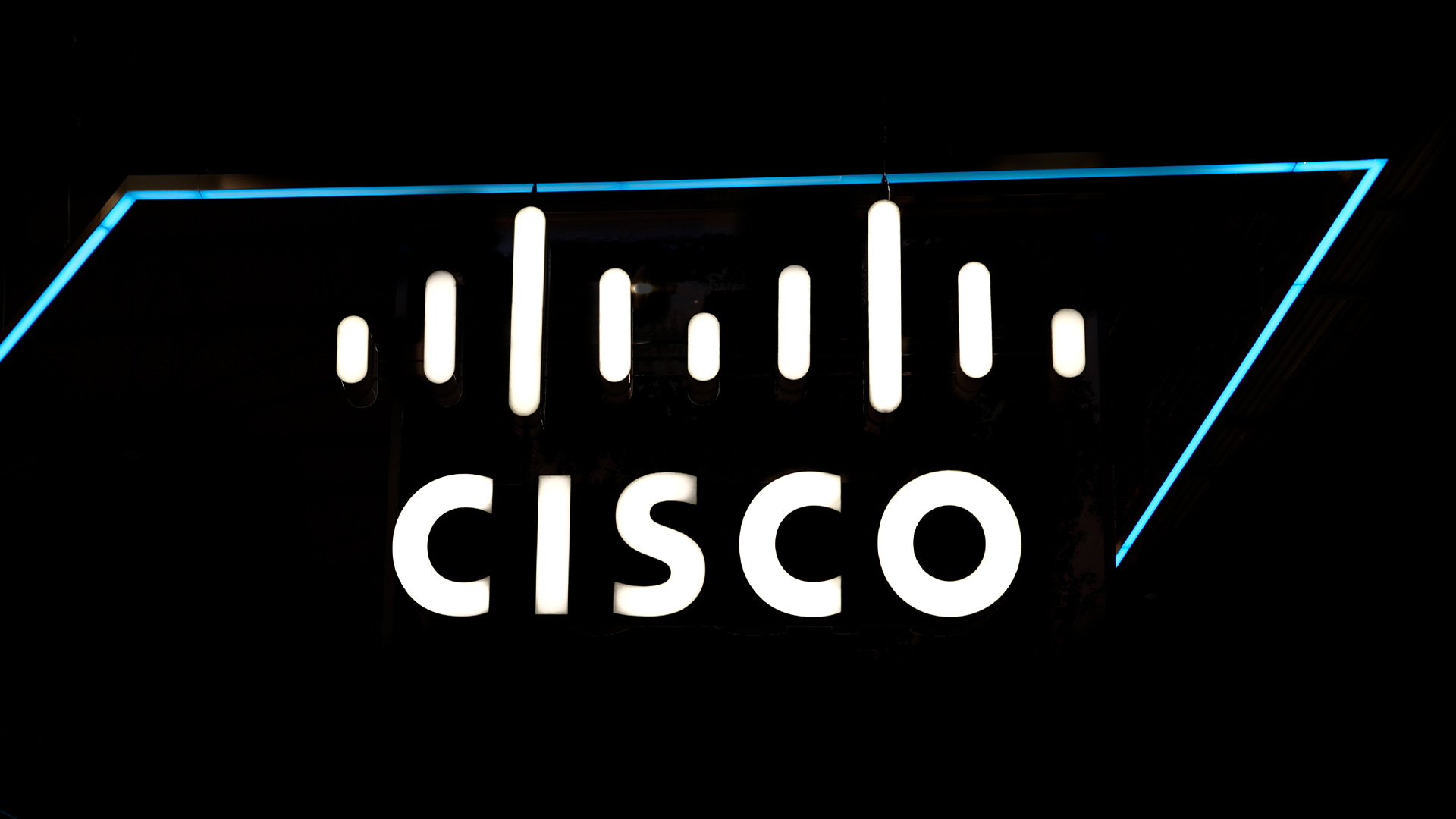 Cisco sounds alarm over AsyncOS zero-day flaw
Cisco sounds alarm over AsyncOS zero-day flawNews The zero-day vulnerability affects Cisco's Secure Email Gateway and Secure Email and Web Manager appliances – here's what we know so far.
-
 EU lawmakers want to limit the use of ‘algorithmic management’ systems at work
EU lawmakers want to limit the use of ‘algorithmic management’ systems at workNews All workplace decisions should have human oversight and be transparent, fair, and safe, MEPs insist
-
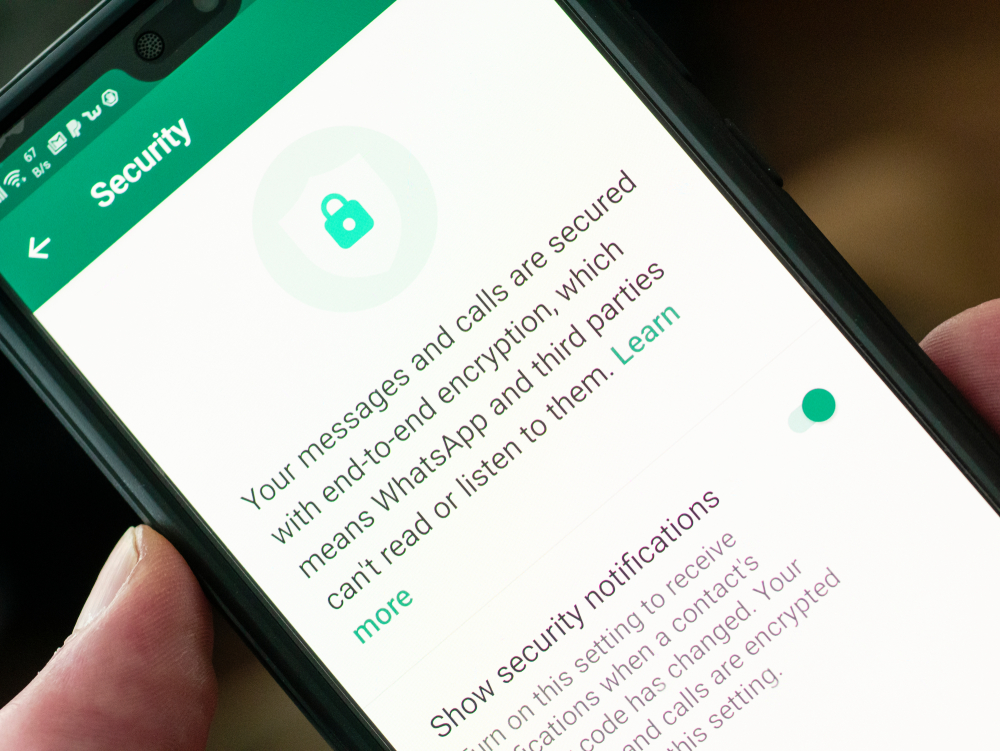 Should IT departments call time on WhatsApp?
Should IT departments call time on WhatsApp?In-depth For many, it's their go-to messaging app for business and social contacts, but recent privacy changes could put an end to that
-
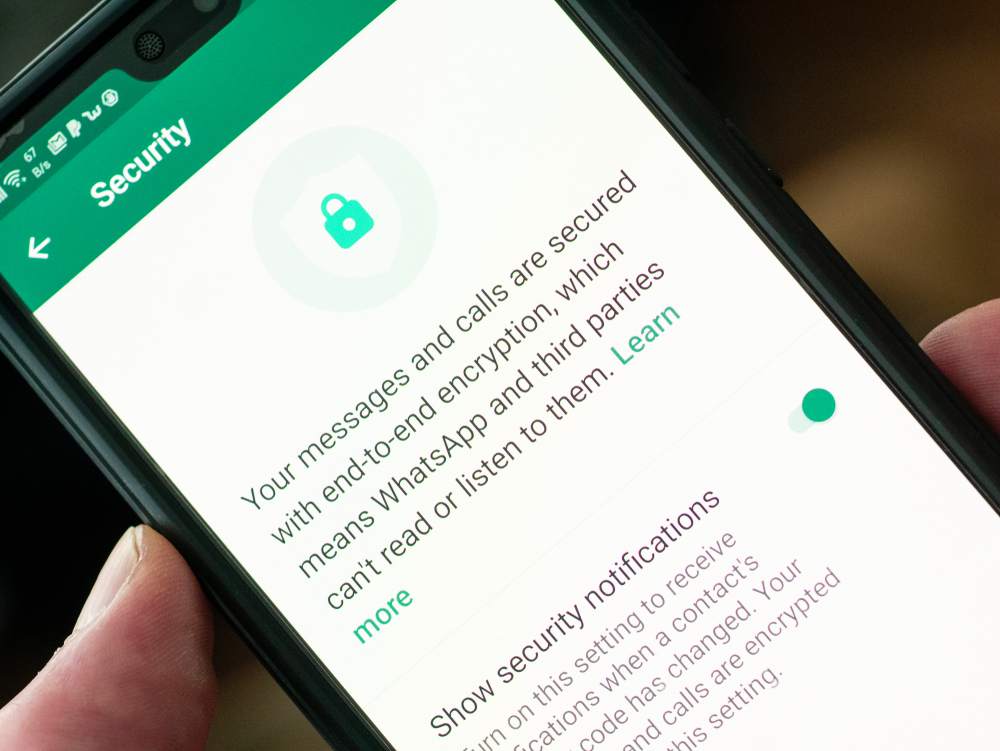 Is it time for IT departments to call time on WhatsApp?
Is it time for IT departments to call time on WhatsApp?In-depth For many, it's their go-to messaging app for business and social contacts, but recent privacy changes could put an end to that
-
 Two-thirds of employees work with damaged phones
Two-thirds of employees work with damaged phonesAnalysis Left unresolved, cracks lead to disruption
-
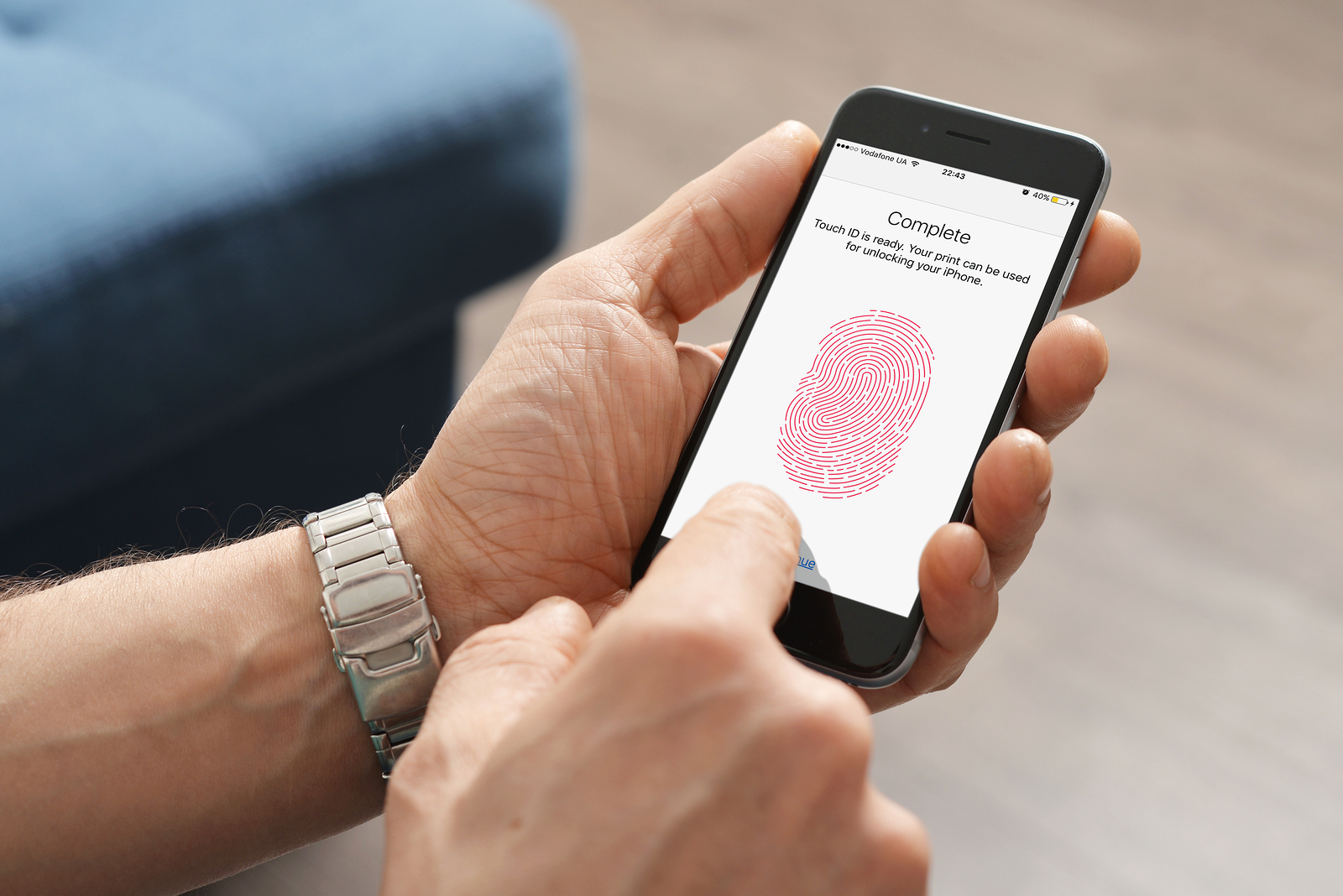 Security is the main concern for business smartphone deployment
Security is the main concern for business smartphone deploymentNews HMD research also finds the majority of large companies use outdated devices
-
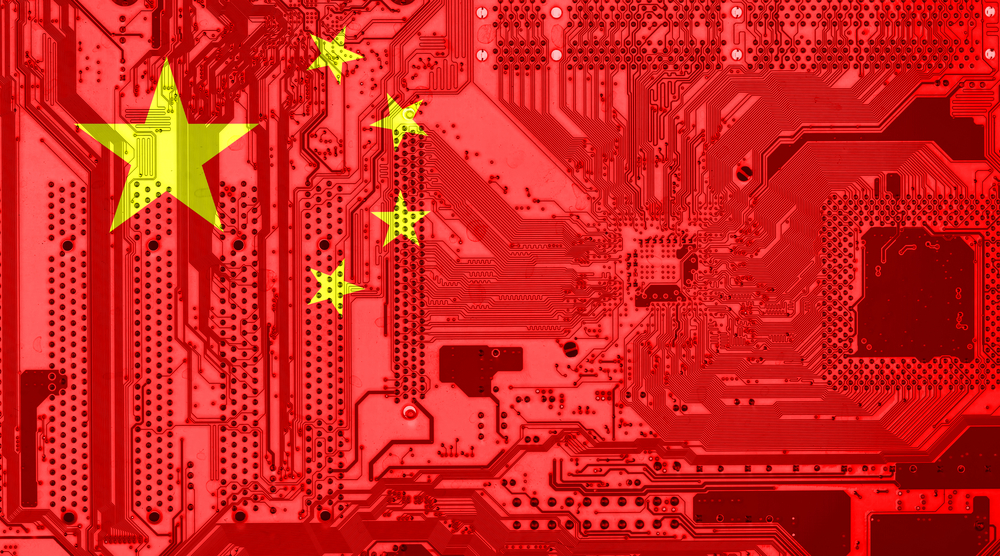 Made in China: the risks of buying cheaper tech
Made in China: the risks of buying cheaper techIn-depth Is there any sound reason not to trust low cost Chinese hardware imports?